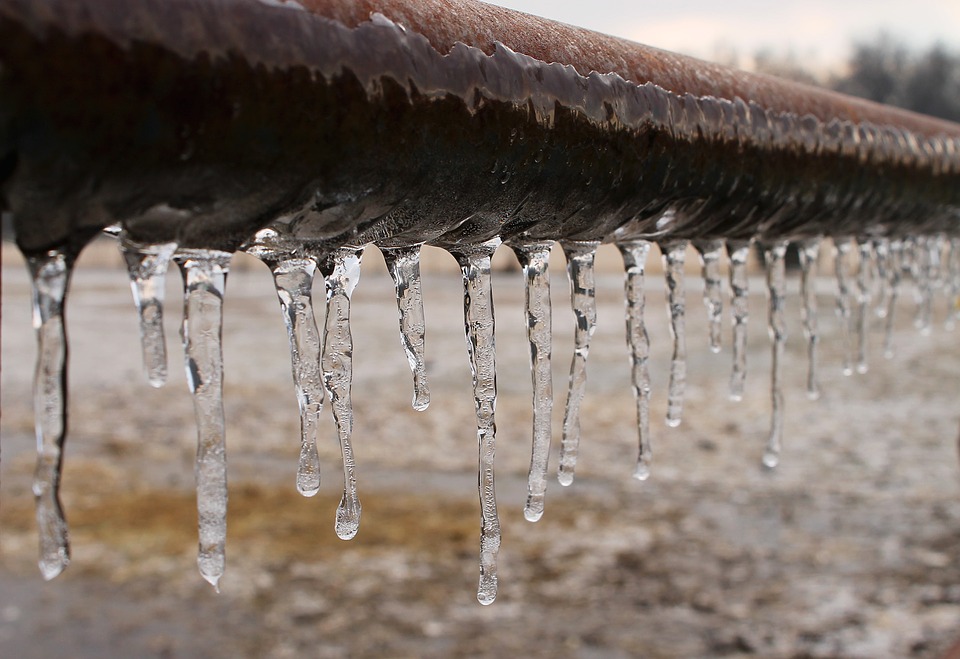Tips to Protect Your Pipes from Cold Weather: Specialist Tips
Tips to Protect Your Pipes from Cold Weather: Specialist Tips
Blog Article
Everyone has got their own unique idea involving Prevent Frozen Pipes .

Cold weather can ruin your plumbing, especially by freezing pipes. Here's just how to stop it from occurring and what to do if it does.
Introduction
As temperatures decrease, the threat of frozen pipes rises, potentially causing costly repairs and water damage. Recognizing how to stop frozen pipelines is crucial for homeowners in chilly climates.
Recognizing Icy Pipes
What creates pipes to freeze?
Pipelines freeze when subjected to temperature levels listed below 32 ° F (0 ° C) for expanded durations. As water inside the pipelines ices up, it increases, putting pressure on the pipeline wall surfaces and possibly creating them to break.
Threats and damages
Frozen pipes can result in water system disturbances, home damage, and expensive repair work. Burst pipelines can flood homes and cause considerable structural damages.
Indications of Frozen Pipes
Recognizing frozen pipelines early can avoid them from bursting.
Just how to identify frozen pipelines
Search for reduced water circulation from faucets, unusual smells or noises from pipelines, and visible frost on exposed pipelines.
Avoidance Tips
Shielding susceptible pipes
Cover pipes in insulation sleeves or make use of heat tape to shield them from freezing temperatures. Focus on pipelines in unheated or external areas of the home.
Home heating strategies
Maintain indoor spaces effectively warmed, specifically areas with pipes. Open cabinet doors to permit cozy air to distribute around pipelines under sinks.
Safeguarding Outdoor Pipes
Garden pipes and outdoor faucets
Detach and drain pipes garden hoses prior to wintertime. Set up frost-proof spigots or cover outside faucets with shielded caps.
What to Do If Your Pipes Freeze
Immediate activities to take
If you think icy pipes, maintain taps available to soothe stress as the ice melts. Make use of a hairdryer or towels soaked in hot water to thaw pipes slowly.
Long-Term Solutions
Structural modifications
Take into consideration rerouting pipes away from outside wall surfaces or unheated locations. Add added insulation to attics, cellars, and crawl spaces.
Upgrading insulation
Invest in top quality insulation for pipes, attics, and walls. Appropriate insulation assists keep regular temperature levels and reduces the risk of icy pipelines.
Final thought
Protecting against frozen pipes calls for positive steps and fast actions. By comprehending the reasons, indications, and preventive measures, homeowners can protect their pipes during cold weather.
5 Ways to Prevent Frozen Pipes
Drain Outdoor Faucets and Disconnect Hoses
First, close the shut-off valve that controls the flow of water in the pipe to your outdoor faucet. Then, head outside to disconnect and drain your hose and open the outdoor faucet to allow the water to completely drain out of the line. Turn off the faucet when done. Finally, head back to the shut-off valve and drain the remaining water inside the pipe into a bucket or container. Additionally, if you have a home irrigation system, you should consider hiring an expert to clear the system of water each year.
Insulate Pipes
One of the best and most cost-effective methods for preventing frozen water pipes is to wrap your pipes with insulation. This is especially important for areas in your home that aren’t exposed to heat, such as an attic. We suggest using foam sleeves, which can typically be found at your local hardware store.
Keep Heat Running at 65
Your pipes are located inside your walls, and the temperature there is much colder than the rest of the house. To prevent your pipes from freezing, The Insurance Information Institute suggests that you keep your home heated to at least 65 degrees, even when traveling. You may want to invest in smart devices that can keep an eye on the temperature in your home while you’re away.
Leave Water Dripping
Moving water — even a small trickle — can prevent ice from forming inside your pipes. When freezing temps are imminent, start a drip of water from all faucets that serve exposed pipes. Leaving a few faucets running will also help relieve pressure inside the pipes and help prevent a rupture if the water inside freezes.
Open Cupboard Doors
Warm your kitchen and bathroom pipes by opening cupboards and vanities. You should also leave your interior doors ajar to help warm air circulate evenly throughout your home.

We hope you enjoyed our article about Preventing and dealing with frozen pipes. Thank you for taking the time to browse our post. Don't hesitate to take a moment to promote this blog post if you liked it. Thank-you for taking the time to read it.
Click Here Report this page